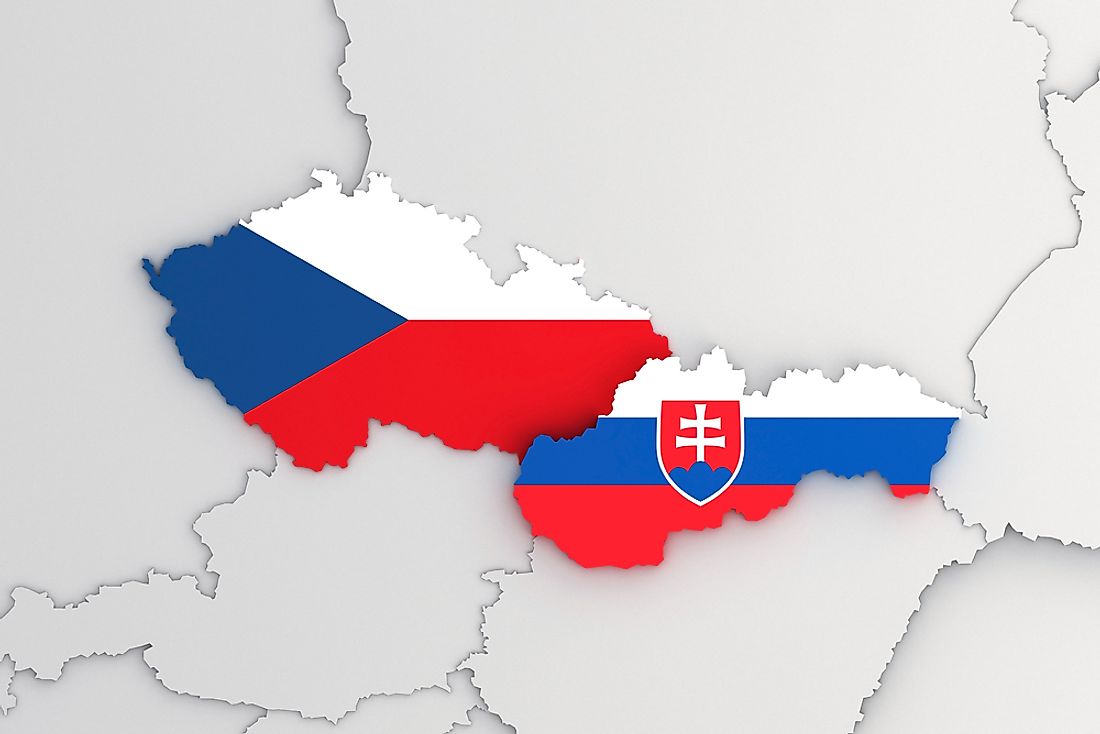What Was The Velvet Divorce?

The Velvet Divorce refers to the dissolution of Czechoslovakia to Czech Republic and Slovakia. After years of negotiations, the two countries agreed to dissolve Czechoslovakia on 31 December 1992. The separation was nicknamed the velvet divorce because it was attained in a peaceful manner.
As WWI came to an end, the Austria-Hungary empire fell apart and allowed new countries to emerge including Czechoslovakia. The Czechs accounted for 50% of the population while 15% were slovaks, the rest comprised of Germans, Austrians, and Polish. They had a near similar language, culture, and they shared a similar history; features that helped the country bind together. . In the 1930s, Hitler annexed Czechoslovakia's part inhabited by Germans and the whole country soon after. After the Second World War, the Soviet Union annexed the country.
The Revolution
In the late 1980s, the then Soviet President Gorbachev encountered protest in Eastern Europe. At the time, the Soviet Union was undergoing an economic depression and could not match the west in military spending. Gorbachev formally ended the Cold War consequentially ending the threat of military intervention against the revolutionists. Without the intervention of the Russian military, the government in eastern Europe fell. Unlike other Soviet states that fell into civil wars, Czechoslovakia experienced peaceful protests. The communist government opted for negotiations rather than hang onto to power.
The Velvet Divorce
The Czechs and Slovaks of Czechoslovakia were socially and politically drifting apart with time. When Russia withdrew its military from the country the two states embarked on a process to formulate a constitution and policies to administrate the country. However, the leaders realized that there were several key issues that decided the two parties. The economies were growing at different rates and the Czechs felt that then Slovaks did not require the power they held due to their small population. A power-sharing deal could therefore not be agreed upon. The prime ministers from the two countries had different opinions concerning the implementation of policies. While the Slovaks sought a degree of autonomy, the Czechs sought a full integration or a dissolution of the country. The citizenry opposed the plan to dissolve the country but the politicians from both divides saw the process as a permanent solution. On the 31st of December 1992 Czechoslovakia was dissolved and replaced by Czech Republic and Slovakia a day later.







